The nuances of watering tomatoes in the open field
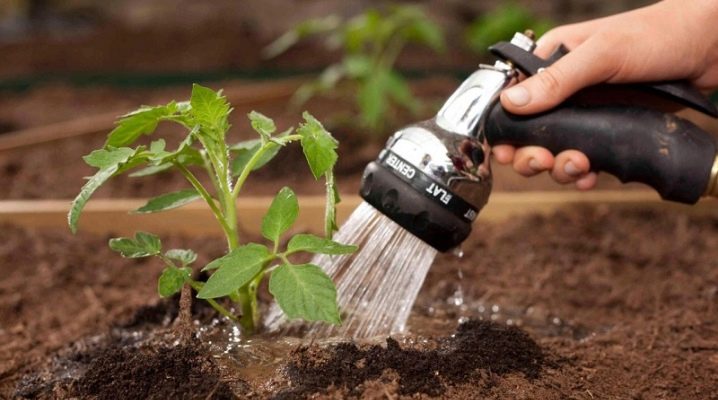
The cultivation of any fruit crop includes watering, which must be carried out taking into account the characteristics of each plant. Irrigation affects not only the health of the shrubs, but also the taste of vegetables. In order to achieve constant fruiting and high quality of the crop, certain conditions of agricultural technology must be observed.
Water requirements
Water for irrigation of tomatoes is prepared in advance. An ordinary one from the tap will not work, it will only harm the plants. Experienced gardeners do not recommend irrigating the beds with cold and hard water, otherwise the shrubs begin to hurt. Rainwater heated by the sun is ideal. It is collected in clean barrels and left for a certain time. If it is not possible to use rainwater, ordinary tap water will do, but always settled.
In summer and in hot weather, it is important to maintain the optimum temperature of the liquid, it should not drop below 18 degrees. If the weather is cool, the temperature rises by 2-4 degrees Celsius. It is recommended to heat the water to 24-26 degrees.
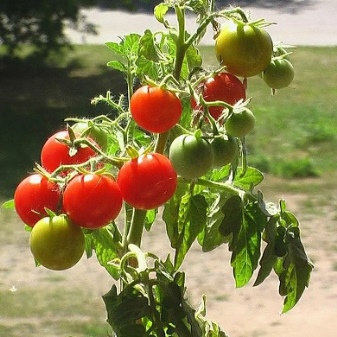
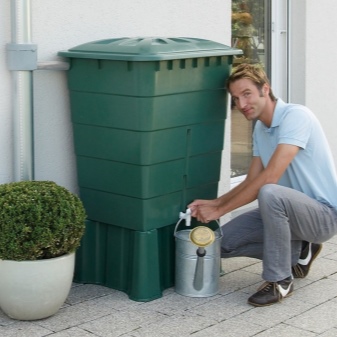
When and how often should you water?
When watering tomatoes that are grown to open ground, it is imperative to take into account the climate (the amount of precipitation, air temperature and other indicators). Tomatoes absorb some of the moisture from the atmosphere, so the frequency of watering is reduced in cloudy and damp weather. The bulk of the liquid enters the plants through the ground, or rather, through the root system. Therefore, it will not be possible to completely abandon standard watering methods.
Productivity depends not only on top dressing, but also on the incoming moisture. In dry land, the fruit crop is not able to assimilate nutrients. When watering, you need to observe the frequency, because an excess of moisture is just as dangerous as its lack. Stagnation of moisture provokes the development of fungus and rotting of the roots, and the fruits become watery and lose their taste. If you water the beds correctly, tomatoes will not be afraid of high temperatures. Due to the evaporation of liquid through the foliage, the shrubs are cooled and maintain the desired temperature. Tomatoes will notify about the lack of moisture by the loss of foliage color. The shoots begin to wither and sink to the ground. Vegetables become smaller in size.
Experienced gardeners claim that this vegetable crop prefers abundant and rare watering. Frequent irrigation in small portions is not recommended. Experts have compiled the following optimal irrigation scheme:
- in the season of precipitation, irrigation is completely stopped;
- in warm weather and in temperate climates, moisten the beds 1-2 times a week;
- after about a day, tomatoes are watered with prolonged heat, the need to repeat the procedure will be indicated by a dry top layer, possibly the appearance of cracks.
Note: the norms suggested above are universal and can be adjusted depending on the variety of vegetable crops and other characteristics.

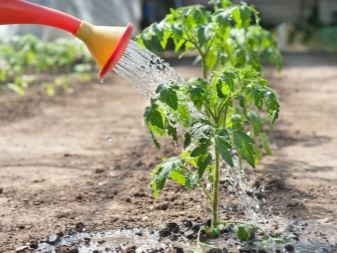
Answering the question of when tomatoes should be watered throughout the day, experts say that it is better to do this in the morning, in the early hours. In the evening, the procedure is carried out approximately a few hours before sunset. When watering in hot weather during the day, plants can be damaged from direct sunlight. When moisture is applied, when the sun is active, the liquid will evaporate very quickly and the plants will not receive the required amount of moisture.If the sky is completely overcast, you can moisten the beds whenever you want.
In a hot season, watering the beds is not only possible, but even necessary. The procedure is carried out more often compared to normal weather conditions. The regularity is increased up to 4 times in 7 days, sometimes watering is carried out more often. The frequency is calculated taking into account the appearance of shrubs and soil. When symptoms of waterlogging or lack of moisture appear, the irrigation scheme is adjusted. To reduce the process of evaporation of moisture from the soil, it is covered with mulch. Use compost, peat or dry cut grass. These components decompose naturally and saturate the earth with micronutrients, which then enter the plants. Also, mulch will prevent dry and rough crust from forming on the soil surface. In early spring, as well as late autumn at night, the air temperature can drop to sub-zero temperatures. In the day before night frosts, the shrubs are not watered. The air will cool the moist soil, and the roots of the plant can suffer from putrefactive diseases.
In order not to harm tomatoes, you need to carefully monitor the weather forecast. If frosts are predicted, the shrubs are watered no later than two days before the cold weather. During this time, the soil will have time to dry out.
If there is a danger that the roots of the plant will freeze, the soil is covered with mulch, which will maintain the desired temperature.
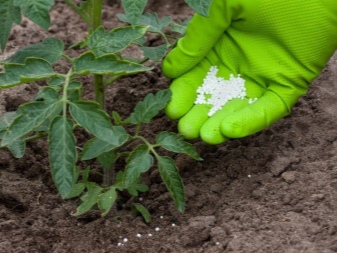
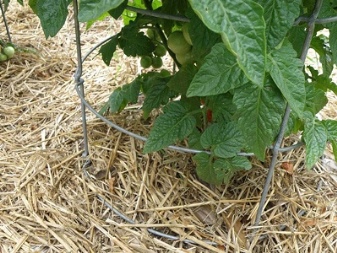
The ways
There are several methods for watering tomatoes outdoors. For tomatoes, the root method is ideal. The water that remains on the surface of the leaves and stems turns into miniature lenses and, when the sun's rays pass through them, burns. For this reason, sprinkler irrigation is not chosen for watering vegetables when water is supplied from above. Damaged shrubs weaken and become vulnerable to infection and disease.
Manual
Traditional option
The easiest way to water your shrubs is to use a watering can or bucket with a bucket. It is not a costly, but time consuming method that requires physical strength and endurance, especially when caring for a large area. Water is carefully poured into the soil at the root. About 10 liters of water are consumed for 2-4 bushes.
Despite the indicated disadvantages, this method has its advantages:
- watering can be easily combined with fertilizers by adding them to the water;
- if the work is done carefully, water drops will not fall on the leaves and stems;
- the grower can precisely adjust the amount of liquid used.

Bottle method
This option is great for those who do not have the opportunity to frequently visit the site. The bottle method does not require special skills or experience.
To implement it, you need the following:
- sharp scissors or knife;
- large nail;
- nylon tights or other products made from this material;
- plastic bottles of the right size.
The number of containers should correspond to the number of shrubs in the garden. The bottom of each bottle is cut off. The lid is screwed tightly, and several holes are made in it with a hot nail. The upper part of the container, together with the neck, is tightly tied with nylon so that the holes are not clogged with earth. If tomatoes are grown in loose and light soil, 2-3 holes are made in each cover. When arranging the system on heavy soil, their number is increased to 4-5. Prepared bottles are instilled next to the plants at an angle of 35-40 degrees. Tilt the containers towards the roots.
It is necessary to place the equipment on how the plants will be transplanted into the beds. Otherwise, the roots can be damaged during the installation of the containers. If the work was not completed on time, the container is driven into a shallow depth. To activate it, you need to fill the bottles with settled water. It will slowly seep through the holes in the lid and moisten the ground. Some gardeners do not completely cut the bottom and use it as a lid. Another option for bottle watering - the lid is left intact, and the holes are made in the bottle itself. It is recommended to use a container with a volume of 10 liters. It can be placed between two shrubs, and one container will feed two plants at once.

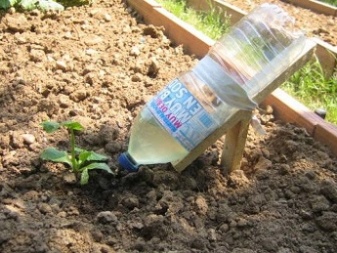
Pit watering
This method is also popular with Russian gardeners.
The work is carried out according to the following scheme:
- before planting seedlings, oval pits are made on the site, the depth is from 30 to 50 centimeters;
- four plants are planted at the edges, keeping the same distance between them;
- ash is poured into the bottom of the pit in a volume of 1 liter; instead, you can use 1 tablespoon of potassium sulfate or superphosphate;
- the pit is covered with freshly cut grass, its amount should be such that the grass rises slightly above the site.
At a time, at least 20 liters are poured into the trench. This amount of liquid is enough to feed tomatoes for 5-7 days. The herb is essential for the slow evaporation of moisture. It also acts as a mulch that protects the roots from cold or overheating. Over time, the herb decomposes and becomes an additional source of nutrition.

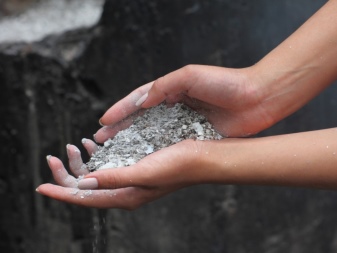
Auto
Automatic watering is chosen when growing tomatoes on a large scale, since it is very difficult to manually care for the plantation. Drip irrigation is very popular. This system has the following advantages:
- labor costs are minimized;
- the top layer of the soil retains its structure and is not washed out;
- moderate irrigation;
- high air humidity associated with evaporation is excluded.
Cost is noted as disadvantages. The liquid enters the soil directly and is evenly distributed. Thanks to this method, you can not worry about dryness or waterlogging of the soil. The industrial system called "Spertif" has demonstrated high efficiency, due to which it is possible to water several beds at once. The droppers are connected to the hoses, and holes of the required size are made on them in advance.
During the installation process, special attention must be paid to the strength of the connection.
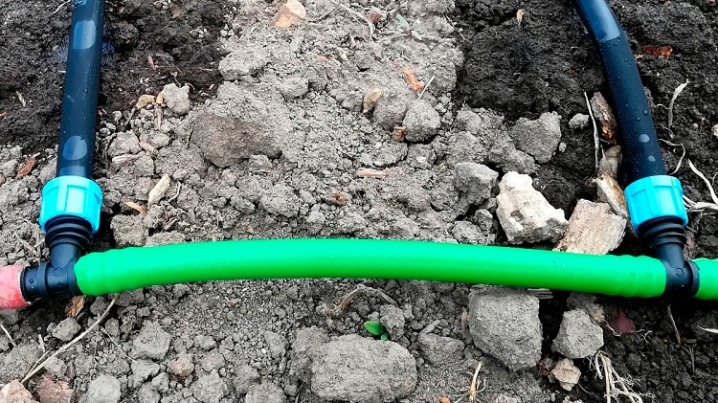
Fully autonomous systems
Autonomous and large-sized drip irrigation systems are considered the most convenient and practical in operation, but they are also the most expensive. Together with the main equipment, there is a set of external nozzles and special sprinklers. On sale you can find push-button, tape models and with built-in drippers.
Experienced gardeners design this type of device with their own hands, but their assembly and design requires special knowledge and experience. Also, you can't do without a set of tools. After assembly, you need to be able to correctly connect and configure the system.
Droppers are non-adjustable and adjustable. The second option makes it possible to adjust the water consumption and make it as economical as possible.

Watering features
There are certain rules for watering vegetable crops that must be followed in order to achieve high yields.
Experienced summer residents note the following features of watering vegetables:
- the key to success is the correct mode, when calculating which many factors are taken into account;
- tomatoes need high-quality water, without unnecessary impurities;
- watering can be carried out together with additional substances;
- if there are symptoms of waterlogging of the soil, watering should be stopped immediately.
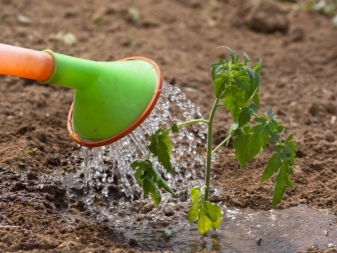
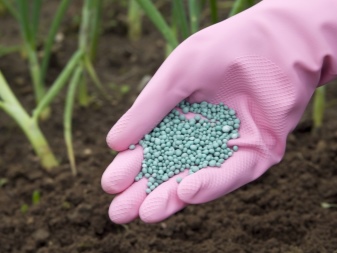
Given the period
The regularity of watering depends on the growth period of the plant.
Watering after planting
Young shrubs need special conditions to adapt to a new place. Hardened seedlings are watered once a week, 3 liters per bush. If the soil dries up earlier, watering is carried out more often. Shrubs will not be able to fully absorb water until the roots take root in the new area. After transferring the tomatoes to the garden, watering is performed after 1.5-2 weeks.
Experienced summer residents are advised to combine the first irrigation with preventive treatment, therefore, instead of ordinary water, a solution of pale pink potassium permanganate is used.

During flowering and ripening
During this period, plants need a lot of water. Watering is carried out every 7 days, consuming 5 liters of water per shrub. After the tomatoes enter the fruiting phase, the amount of moisture used is reduced (1-1.5 liters per plant). Also, the time interval between procedures is halved. Failure to comply with this rule leads to the fact that the fruits begin to crumble and become covered with cracks.
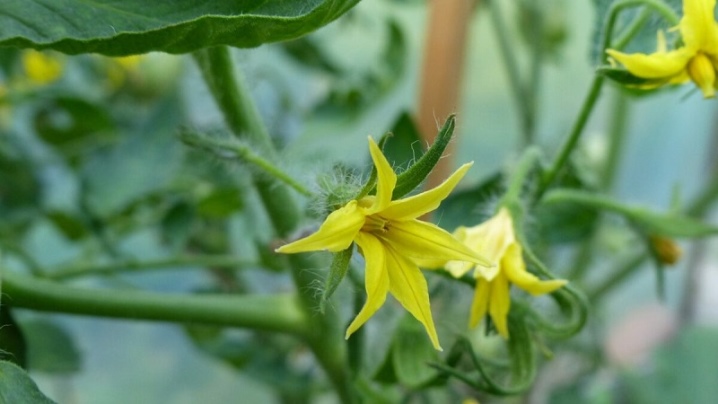
Given the variety
The peculiarities of the variety are also taken into account when drawing up an irrigation scheme. It is advisable to water tall fruit varieties approximately every 4 days. 10 liters of water are consumed per shrub. Watering is carried out up to the collection of ripe vegetables. Shrubs that do not grow very tall are watered at the rate of 5 liters per plant. Water volumes are gradually decreasing. Low-growing varieties do not need moisture as much as tall shrubs. The amount of water should be moderate so that the tomatoes do not crack. Watering is stopped 3 weeks before harvesting.
Note: Experienced gardeners reduce watering while pouring vegetables. This feature applies only to low-growing plants and has nothing to do with high varieties. Before growing the selected variety, you must definitely familiarize yourself with the features of caring for a particular variety.
Watering is often combined with hilling. This is another component of agricultural technology that must be observed when growing fruit crops. Hilled tomatoes more easily absorb moisture from the soil.
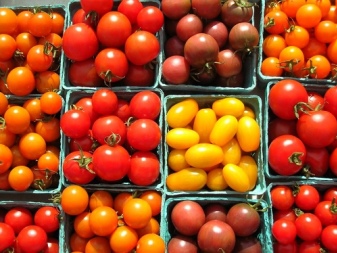
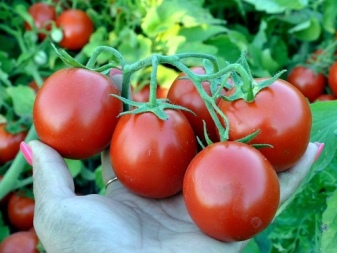
Useful Tips
The following recommendations will allow you to get a rich harvest when growing any variety:
- the irrigation method needs to be taken care of even during the planning and laying of the beds;
- to make it convenient to lay the hose between the rows of shrubs, you need to take into account the location of the beds;
- if irrigation is planned to be carried out by filling the beds, the tomatoes are planted in two rows and leave a large gap between the rows;
- barrels are placed on the site for collecting and storing rainwater, so there will always be settled water at hand for irrigation;
- you should also prepare in advance organic mulch, which will be needed to maintain comfortable growth conditions and the desired moisture level;
- in regions with rainy weather, tomatoes are planted in high areas.

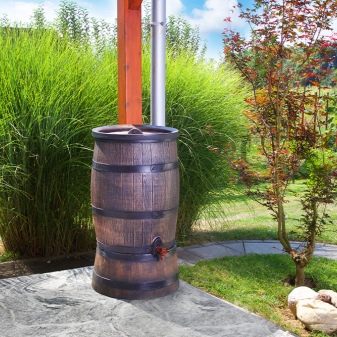









The comment was sent successfully.